From one of the poorest countries in the world in the 1960s, South Korea has risen strongly, made a spectacular transformation and was dubbed the "Miracle on the Han River". This East Asian country is now the 12th largest economic power in the world and the 4th in the region and has influence in economics, culture and military .
Economic powerhouse
From the ashes of war, South Korea has gradually risen and become one of the world 's major economies with far-reaching influence, including in the economic field.
After the war period of 1950-1953, the Korean economy became exhausted. People's lives were difficult with an average income per capita of only 64 USD/year and no natural resources to restore the economy. Seoul city was severely devastated, 30% of houses, 70% of factories and commercial buildings, public works were destroyed. The estimated damage was up to 410 billion USD.
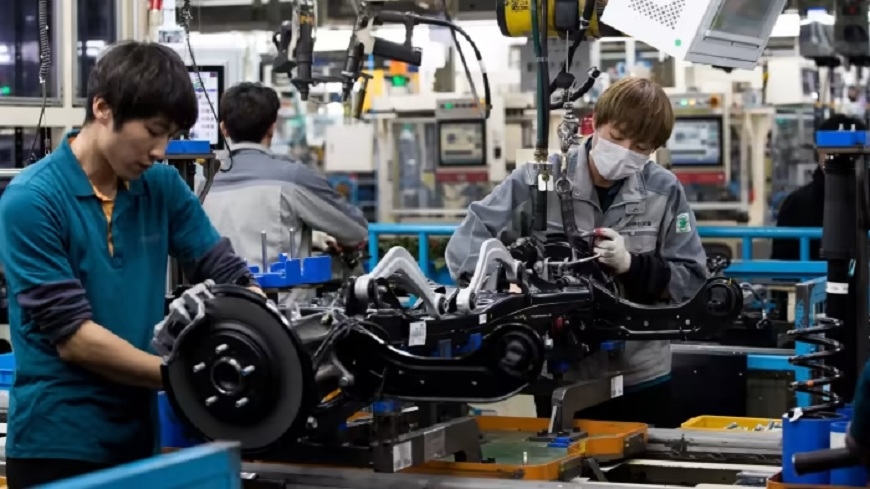 |
| From a dependent economy, South Korea has risen to become the world's 7th largest exporter in many years. Photo: Bloomberg |
Even in the 1960s, the South Korean economy had no prospects of recovery and was completely dependent on agricultural products and foreign aid from the United States. However, American aid packages could not help this Asian country improve its growth and living standards. Its GDP per capita was still only equivalent to that of poor countries in Africa and Asia.
However, in just a few decades, South Korea quickly turned around with big plans to revive the economy. At that time, the South Korean Cabinet used the term "Miracle on the Han River" to emphasize the country's strong acceleration after the war.
From the ashes of war, the country began a process of strong and continuous growth thanks to policies to promote exports, restructure the economy, develop heavy industry and rapidly modernize. From an exhausted post-war economy, in the early 1990s, South Korea became an economic powerhouse and one of the four "Asian dragons".
With a strategy to boost export production, including making the most of cheap labor, maintaining high interest rates and policies to encourage foreign investment, South Korea's total export turnover increased from 32 million USD in 1960 to 10 billion USD in 1977. The country's total export revenue reached 494 billion USD in 2016 and reached 542.2 billion USD in 2019. From a dependent economy, South Korea has risen to become the 7th largest exporter in the world for many years.
According to World Bank (WB) data, South Korea's GDP in 1960 was only 3.957 billion USD. However, by 1985, the country's GDP exceeded 100 billion USD for the first time and continued to grow strongly. 21 years later, South Korea's GDP surpassed 1,000 billion USD and reached 1,619 billion USD in 2018.
Notably, in the context of the global financial crisis in 2007-2008, Korea maintained a stable economy and achieved an astonishing economic growth of 6.3%. This growth was evaluated by foreign media as a typical example of overcoming the crisis.
In 2020, the South Korean economy entered its worst year of growth in more than half a century. However, thanks to stimulus packages, the East Asian country's economy quickly recovered and achieved growth of 4.1% in 2021 and 2.6% in 2022. According to the IMF's forecast published in October 2022, GDP growth is expected to reach 2% in 2023.
From a per capita income of just $64 a year, South Korea's 52 million people now earn an average of $35,000 a year, almost as much as Italians and much higher than Iberians.
With its spectacular transformation, the World Bank also assessed the country's unexpected rise in recent decades as an "East Asian Miracle". This country is considered one of the important economic pillars of Asia.
South Korea's “soft power”
From an economic launch pad, South Korea has stepped up its cultural promotion and development, and has ambitions to bring traditional Korean culture and cuisine to compete globally. Cultural exports are one of the “soft powers” (a term referring to non-traditional methods a country uses to gain influence) that South Korea has promoted over the past decades.
With a very systematic strategy for developing the cultural industry, in just a few decades, Korean culture has spread globally, with music, movies, television series, and even fashion and entertainment styles. Korean culture has quickly been promoted to the world and "infiltrated" the lives of people in many countries around the world. This country has become one of the top 10 cultural exporting countries in the world.
Nowadays, in addition to the “K-Wave” (Korean Wave or Hallyu), Korean dramas have also been widely accepted in many countries around the world. Korean film and television stars are idols and have influence on young people in many countries around the world.
 |
| Culture is also considered the strength of Korea. Photo: Reuters |
In addition to culture, Korean cuisine is also a highlight. Famous dishes such as kimchi, bibimbap, naengmyeon, kimbab, tteokbokki have gone beyond the borders of Korea to many countries around the world and become favorite dishes of many people.
South Korea also has a significant place on the world sports map. The South Korean national team finished fourth in the 2002 World Cup. At the 2012 Summer Olympics in London, South Korea rose to become the world's fifth-largest sporting power. The country has also hosted many major sporting events, including the 1986, 2002 and 2014 Asian Games, the 1999 Asian Winter Games, and the 2002 FIFA World Cup.
Military
The military is also one of South Korea's strengths. In the early stages of the Korean War, the South Korean army had almost no significant weapons and relied mainly on US aid. However, soon after the armistice was signed, the South Korean army grew significantly thanks to its economic strength.
From an arms importer, South Korea has risen to become one of the world's largest arms exporters. According to statistics from the Stockholm International Peace Research Institute (SIPRI) report on global arms transfers, South Korea has risen to the 9th position among the world's largest arms exporters in the 2016-2020 period, just behind Israel and above many other countries such as Italy, the Netherlands, Ukraine and Türkiye.
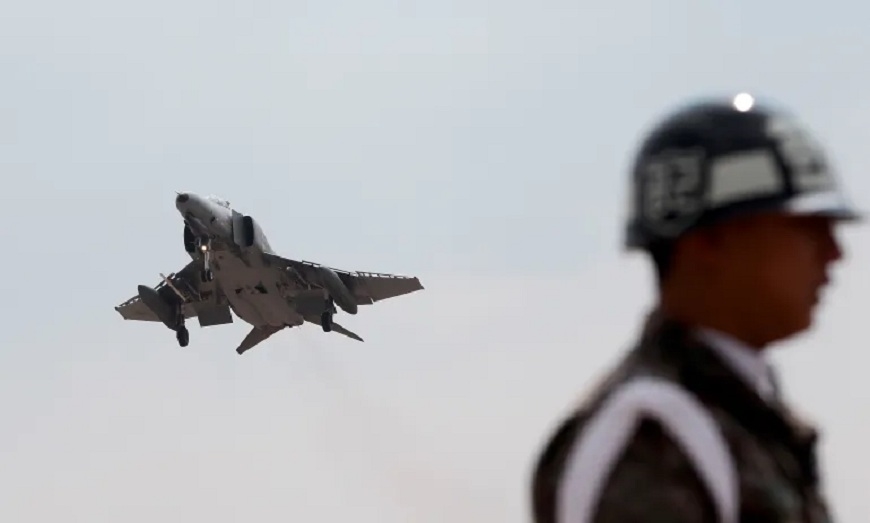 |
| From an arms importing country, South Korea has risen to become one of the largest arms exporting countries in the world. |
The country's arms export growth in the 2016-2020 period increased by 210% compared to the previous 5-year period, accounting for 2.7% of global arms exports. This is considered the largest growth among the world's top 20 arms exporting countries. The East Asian country's defense product export turnover has also increased sharply from 250 million USD in 2006 to about 3.2 billion USD in 2017.
More specifically, in 2020 alone, South Korea ranked 6th in the Top of the world's leading arms exporting countries, up 25 places compared to 2000. Statistics show that more than half (55%) of Seoul's defense industry exports in the 2016-2020 period were exported to Asian and Oceanian markets; 23% to Europe; and 14% to Middle Eastern countries.
TRAN HOAI (Synthesis)
Source


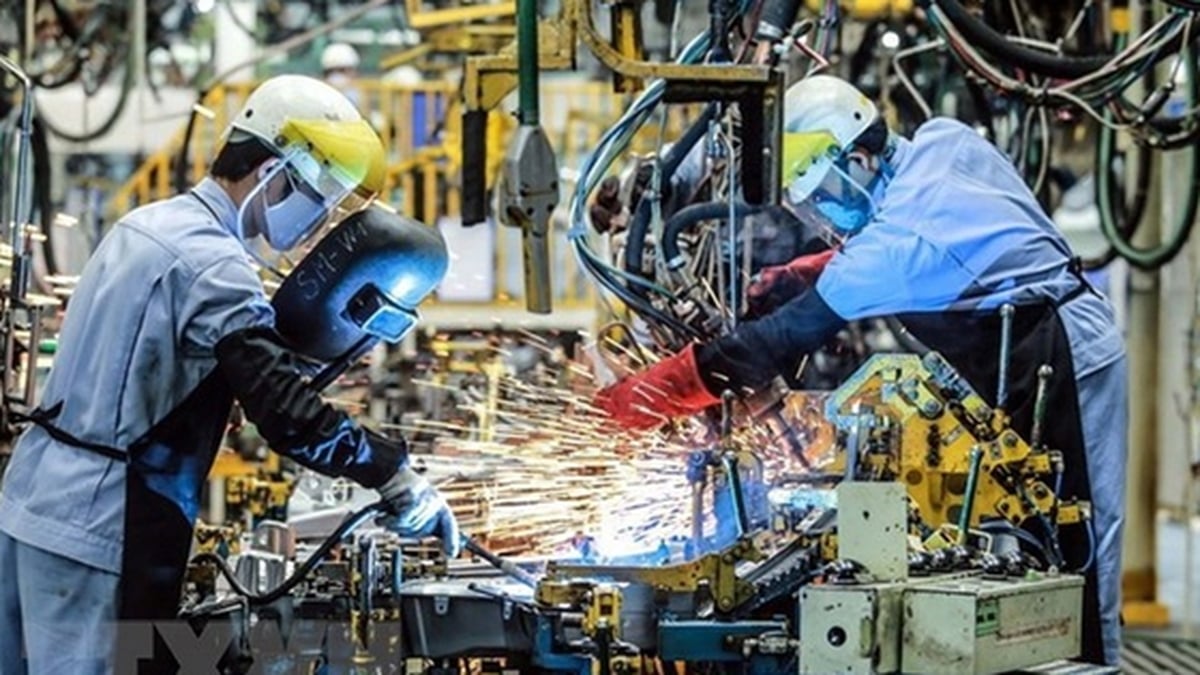
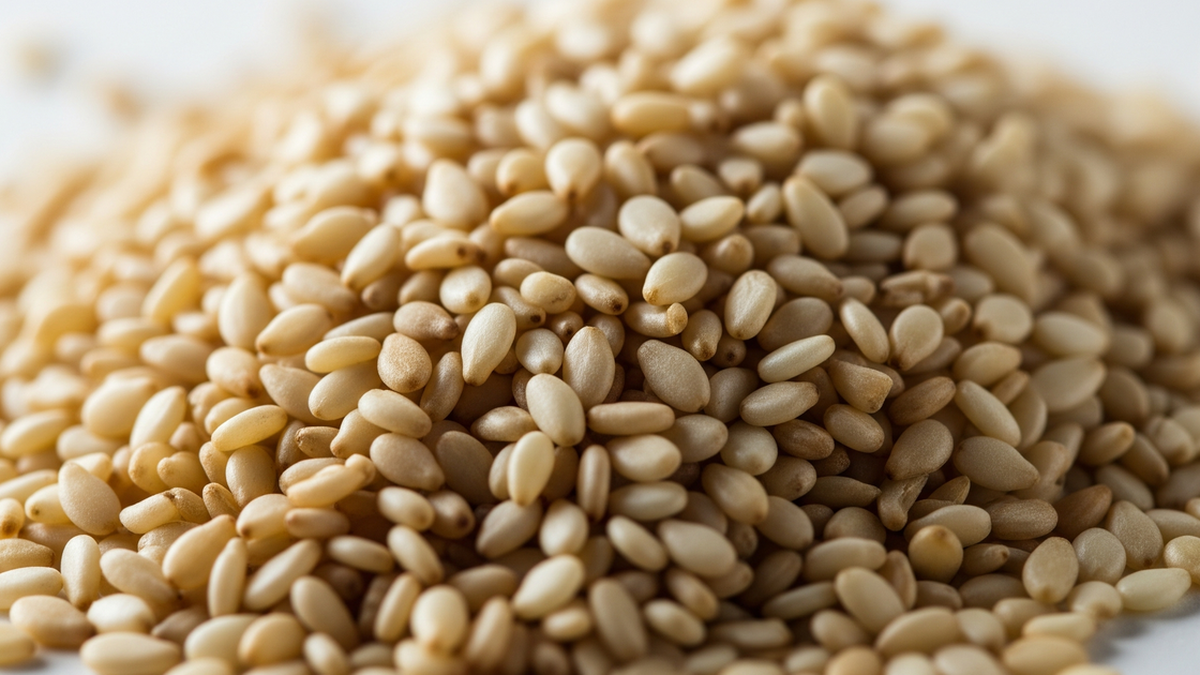






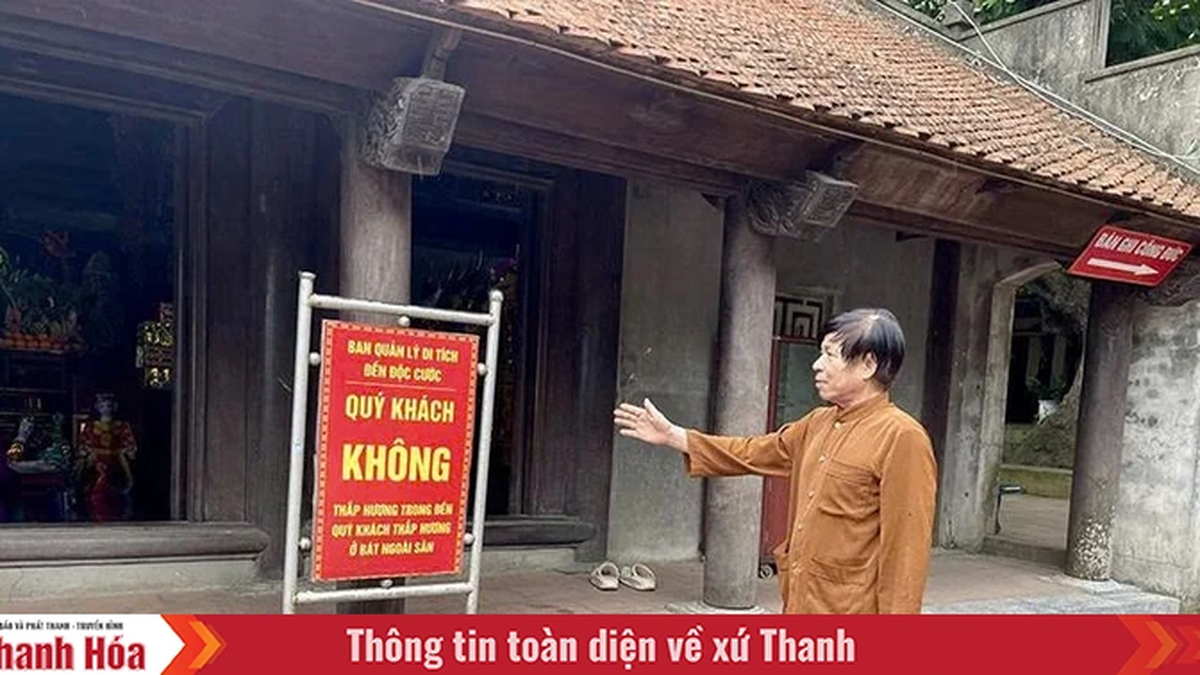








































![[Maritime News] More than 80% of global container shipping capacity is in the hands of MSC and major shipping alliances](https://vphoto.vietnam.vn/thumb/402x226/vietnam/resource/IMAGE/2025/7/16/6b4d586c984b4cbf8c5680352b9eaeb0)













































Comment (0)